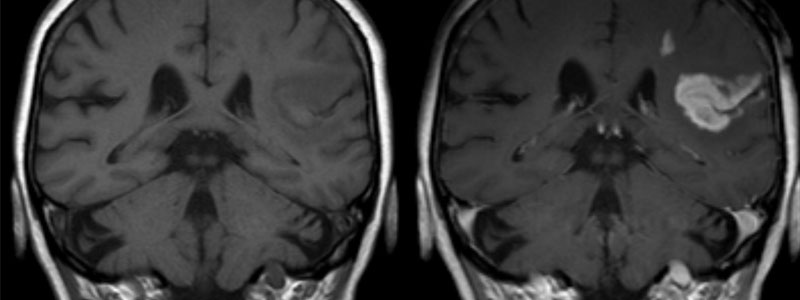A study conducted by a team at the Institut du Cerveau – ICM focused on infiltration and effects of a certain type of immune cells in the substantia nigra, the main area affected by Parkinson’s disease.
One of the main characteristics of Parkinson’s disease is progressive degeneration of dopaminergic neurons in the brain’s substantia nigra. Molecules called “chemokines” are produced during this process on the site of the inflammation. In this zone, they attract immune cells that flow through the bloodstream. These cells have specific “receptors” for these factors. The process leads to peripheral immune cell infiltration in the central nervous system.
In this context, Institut du Cerveau – ICM researchers used an experimental model for Parkinson’s disease to focus on monocytes, a specific type of immune cell with an unclear cerebral infiltration process and role in dopaminergic neuron degeneration.
Lack of data is mainly due to technical limitations. Until recently, it was very difficult to reliably differentiate “infiltrated” monocytes from the bloodstream and microglia, the brain’s “resident” immune cells. Recent discoveries enabled differentiation and provided new instruments to further study these two populations.
Traditionally, monocytes have a surface “receptor”, CCR2: these monocytes are labeled CCR2+. The receptor responds to “chemokine ligand” CCL2. When CCL2 is present in the inflammatory area, monocytes with CCR2 receptors are attracted to the spot where CCL2 is produced, and that is where neurons degenerate.
Results show that there is indeed an infiltration of CCR2+ monocytes in the substantia nigra when neurons degenerate, however it is limited and does not play a role in neuronal death.
Researchers also showed that the CCL2 ligand, necessary for monocyte infiltration, originates from astrocytes, central nervous system support cells. Results proved that excessive CCL2 production by astrocytes has a neurotoxic effect associated with massive CCR2+ monocyte infiltration. To prevent this effect, CCL2 induction by astrocytes is controlled by microglia, the brain’s “resident” macrophages.
The results of the study as a whole suggest the existence of a microglial mechanisms that may protect neurons from CCL2 over-induction by astrocytes, thereby controlling neurotoxic monocyte infiltration in the brain.
Source: Analysis of monocyte infiltration in MPTP mice reveals that microglial CX3CR1 protects against neurotoxic over-induction of monocyte-attracting CCL2 by astrocytes. Parillaud VR, Lornet G, Monnet Y, Privat AL,Haddad AT, Brochard V, Bekaert A, de Chanville CB, Hirsch EC, Combadière C, Hunot S, Lobsiger CS. J Neuroinflammation. 2017 Mar 21;14(1):60.







